
Scientific name
Calendula officinalis L.Family
Asteraceae (Compositae)Origin
Marigold is a typical plant of the Mediterranean region.Parts Used
The drug consists of fully open, whole or dried flowers.Chemical constituents
- Flavonoids (rutinoside, rutin, isoquercetin, narcissin);
- Mucilage;
- Cyclic penta triterpenes;
- Carotenoids (beta-carotene, lycopene, calendulin, lutein and xanthophylls);
- Polysaccharides;
- Phytosterols;
- Essential oil;
- Hydroxycoumarins.
Calendula in Herbalist: Properties of Calendula
For calendula there are no data that allow its use for oral use, except for what concerns the extracts obtained from the flowers, due to their beta-carotene content.
For topical use, calendula has anti-inflammatory, antibacterial, antiviral and immunostimulating activity, and promotes wound healing with healing activity. Many of the formulations on the market therefore exploit its anti-inflammatory properties for external use (creams and ointments).

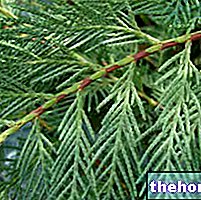
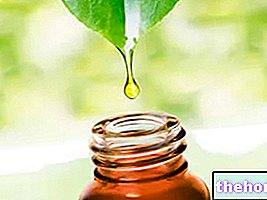
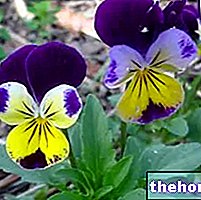
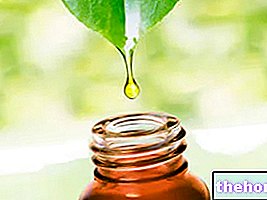
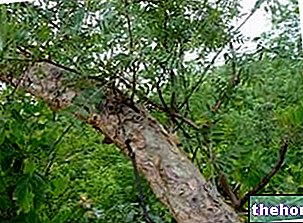
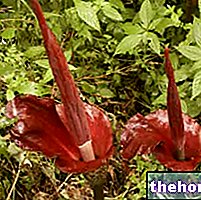
















-nelle-carni-di-maiale.jpg)




